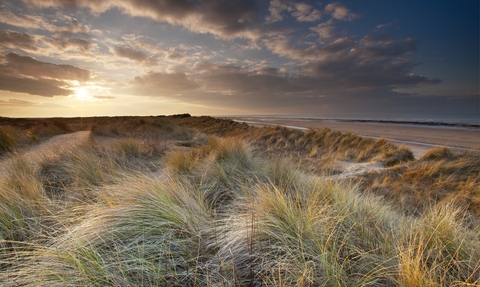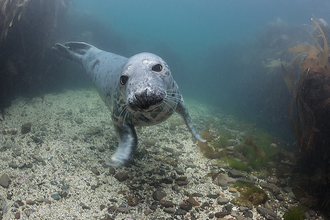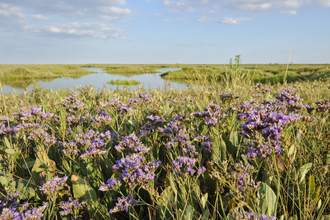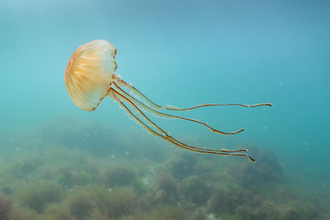
Holme Dunes (credit: Richard Osbourne)
Marine and coastal conservation
Norfolk’s iconic coast offers a vital home for wildlife, whilst also being an important place for people to make a living and enjoy time out in nature.
On the Norfolk coast, the North Sea is a constant companion, sometimes serene and benign, at other moments a fierce threat to homes and livelihoods. At all times though the sea has been inextricably bound with the county’s history: from the importance of King’s Lynn as a Hanseatic trading port, to the heroic Horatio Nelson, and later to the importance of Great Yarmouth’s now-vanished herring industry.
Today, the sea plays an important cultural role in the county. Norfolk’s coast, and its wildlife, draws tourists and residents in their thousands. Visitors head to stunning, wildlife-rich natural spaces for days out. They flock to our shores for boat trips to see the grey and common seals that occur in internationally important numbers around the county. And large numbers of birdwatchers spend huge amounts of time scanning through the flocks of sea ducks – eiders and scoters – that winter off the coast, and the seabirds that pass close to our coastline in suitably windy weather.

Little cuttlefish ©Dan Bolt www.underwaterpics.co.uk
Economically, the sea is important too. Offshore windfarm developments and commercial fishing still play an active role in coastal life.
Yet, these very same opportunities can also threaten the rich variety of wildlife teeming under the murky North Sea waters. Our seas, and their precious resources, require support and protection, to ensure that our unique marine habitats and wildlife can thrive, from their offshore depths right into the coastal shallows.
Unlike the land, Norfolk Wildlife Trust can’t own the sea or the seabed. Our conservation approach to support marine wildlife has to be different from how we support wildlife on land. We act as advocates for the marine environment, speaking up for marine wildlife when it’s threatened, and working closely with stakeholders to find solutions.






